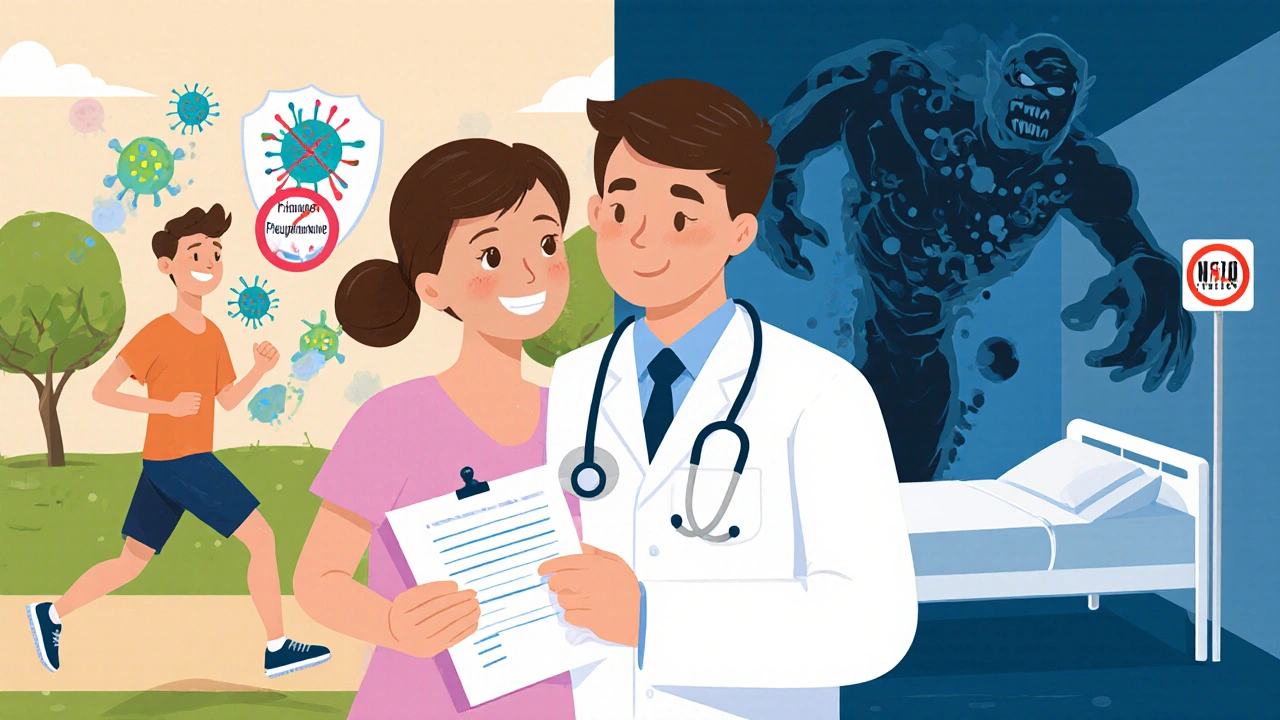Clarithromycin Effectiveness: How Well It Works and What You Need to Know
When your doctor prescribes clarithromycin, a macrolide antibiotic used to treat bacterial infections like pneumonia, bronchitis, and H. pylori. Also known as Biaxin, it works by stopping bacteria from making proteins they need to survive. But effectiveness isn’t the same for everyone. Some people get relief in days. Others find it doesn’t work at all — and that’s often because of antibiotic resistance, when bacteria evolve to survive common drugs like clarithromycin.
Clarithromycin shines in treating certain infections. It’s one of the top choices for H. pylori, a stomach bacteria linked to ulcers, especially when paired with acid reducers and another antibiotic. For lung infections like community-acquired pneumonia, it’s often used when patients can’t take penicillin. But it’s not a magic bullet. If you’ve taken antibiotics often — especially in the last 6 months — your body might already harbor resistant strains. That’s why doctors don’t hand it out like candy. They check your history, your symptoms, and sometimes even run tests before deciding if clarithromycin is the right fit.
Side effects like nausea, diarrhea, or a weird taste in your mouth are common, but not always a sign it’s not working. What’s more worrying is when symptoms don’t improve after 3–5 days. That’s when you should call your doctor. It might mean the infection is viral, or the bacteria are resistant. In some cases, clarithromycin fails because the dose is too low, or you didn’t finish the full course. Skipping doses or stopping early is one of the biggest reasons antibiotics lose their power over time.
Not all infections respond to clarithromycin. It doesn’t work on colds, flu, or most sore throats unless they’re confirmed to be strep. And if you’re taking other meds — like statins, blood thinners, or heart rhythm drugs — it can interact dangerously. That’s why it’s not a DIY fix. You need a proper diagnosis. The posts below cover real cases: people who saw results, people who didn’t, and others who learned the hard way why timing, dosage, and resistance matter. You’ll find comparisons with other antibiotics, stories about side effects, and tips on how to know if clarithromycin is actually helping — or if it’s time to try something else.
